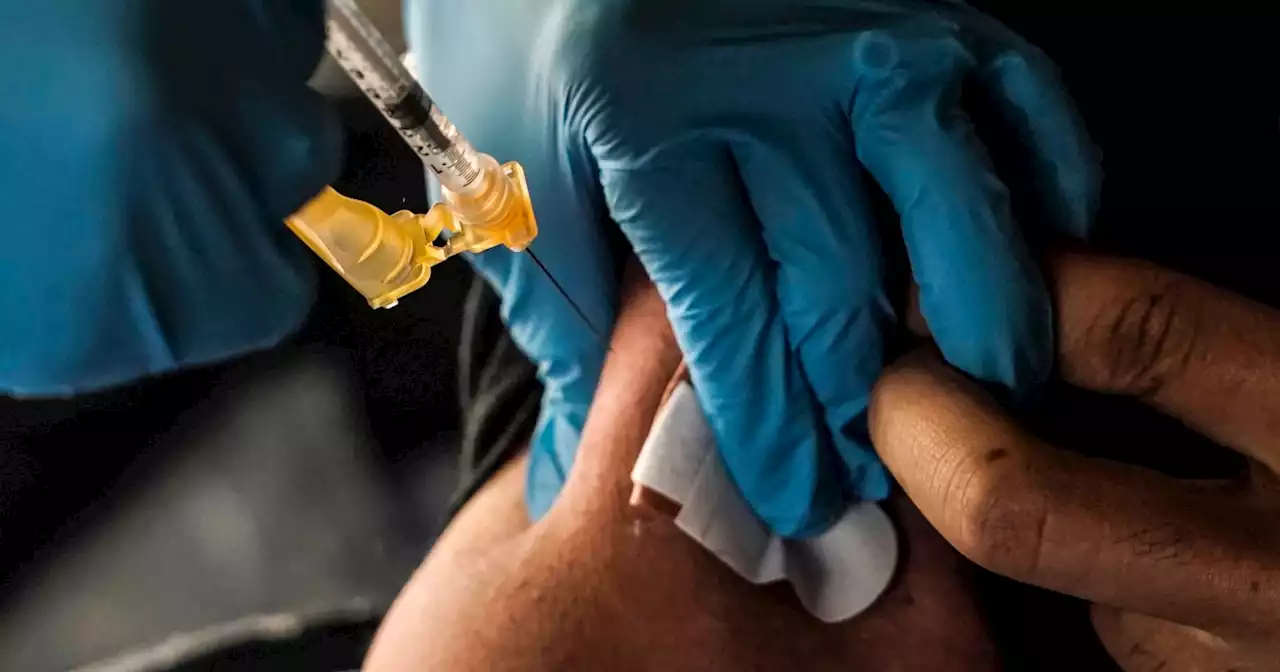New study unearthed evidence proving that early hominins manufactured spherical stones using a premeditated reduction strategy
The researchers developed 3-D analysis methods involving spherical harmonics and surface curvature, which helped analyze a collection of 150 limestone spheroids.
Professor Leore Grosman emphasized: “Ubeidiya is presently recognized as the earliest known Acheulean occurrence outside of Africa, making it a crucial location for investigating the evolution of early hominin technology.”The team reconstructed the spheroid reduction sequence after analyzing scar facets and geometry using the tools at hand. They uncovered a unique pattern in the spheroids from Ubediya, noticing that the craftsmanship was deployed using a premeditated reduction strategy.
In light of the discovery, the study challenges the preexisting notions about the early hominins' capabilities to develop new technology. It was concluded that tools were produced intentionally, with symmetrical shapes on stone. Scientists stated: “The intentional production of sphere-like objects at Ubeidiya similarly suggests that these early hominins had a desire for and achieved intentional geometry and symmetry in stone.”
South Africa Latest News, South Africa Headlines
Similar News:You can also read news stories similar to this one that we have collected from other news sources.
 A New Telescope Could Detect Decaying Dark Matter in the Early UniverseA gap in astronomical knowledge is Cosmic Dawn, a time when the first stars in the Universe formed, ending the cosmological dark ages. If there was dark matter at this early time, its decay might have heated up the intergalactic medium, sending out a signal that could be detectable today. A new paper suggests that the newly built Hydrogen Epoch of Reionization Array (HERA) telescope could measure this dark matter decay with 1,000 hours of observation or constrain its presence by three orders of magnitude.
A New Telescope Could Detect Decaying Dark Matter in the Early UniverseA gap in astronomical knowledge is Cosmic Dawn, a time when the first stars in the Universe formed, ending the cosmological dark ages. If there was dark matter at this early time, its decay might have heated up the intergalactic medium, sending out a signal that could be detectable today. A new paper suggests that the newly built Hydrogen Epoch of Reionization Array (HERA) telescope could measure this dark matter decay with 1,000 hours of observation or constrain its presence by three orders of magnitude.
Read more »
 This 2-Ingredient Breakfast Is My New Favorite Way to Get Protein in EarlyThe twist on a classic takes just five minutes to make.
This 2-Ingredient Breakfast Is My New Favorite Way to Get Protein in EarlyThe twist on a classic takes just five minutes to make.
Read more »
 A new telescope could detect decaying dark matter in the early universeHydrogen is the most abundant element in the universe, by far. More than 90% of the atoms in the universe are hydrogen. Ten times the number of helium atoms, and a hundred times more than all other elements combined. It's everywhere, from the water in our oceans to the earliest regions of the Cosmic Dawn. Fortunately for astronomers, all this neutral hydrogen can emit a faint emission line of radio light.
A new telescope could detect decaying dark matter in the early universeHydrogen is the most abundant element in the universe, by far. More than 90% of the atoms in the universe are hydrogen. Ten times the number of helium atoms, and a hundred times more than all other elements combined. It's everywhere, from the water in our oceans to the earliest regions of the Cosmic Dawn. Fortunately for astronomers, all this neutral hydrogen can emit a faint emission line of radio light.
Read more »
 FDA could green light new Covid boosters as early as FridayThe shots could become available next week, after the Centers for Disease Control and Prevention also signs off.
FDA could green light new Covid boosters as early as FridayThe shots could become available next week, after the Centers for Disease Control and Prevention also signs off.
Read more »
 FDA could greenlight new COVID boosters as early as FridayThe Food and Drug Administration plans to greenlight updated versions of the COVID-19 booster as early as Friday, according to four people familiar with the agency’s plans.
FDA could greenlight new COVID boosters as early as FridayThe Food and Drug Administration plans to greenlight updated versions of the COVID-19 booster as early as Friday, according to four people familiar with the agency’s plans.
Read more »
